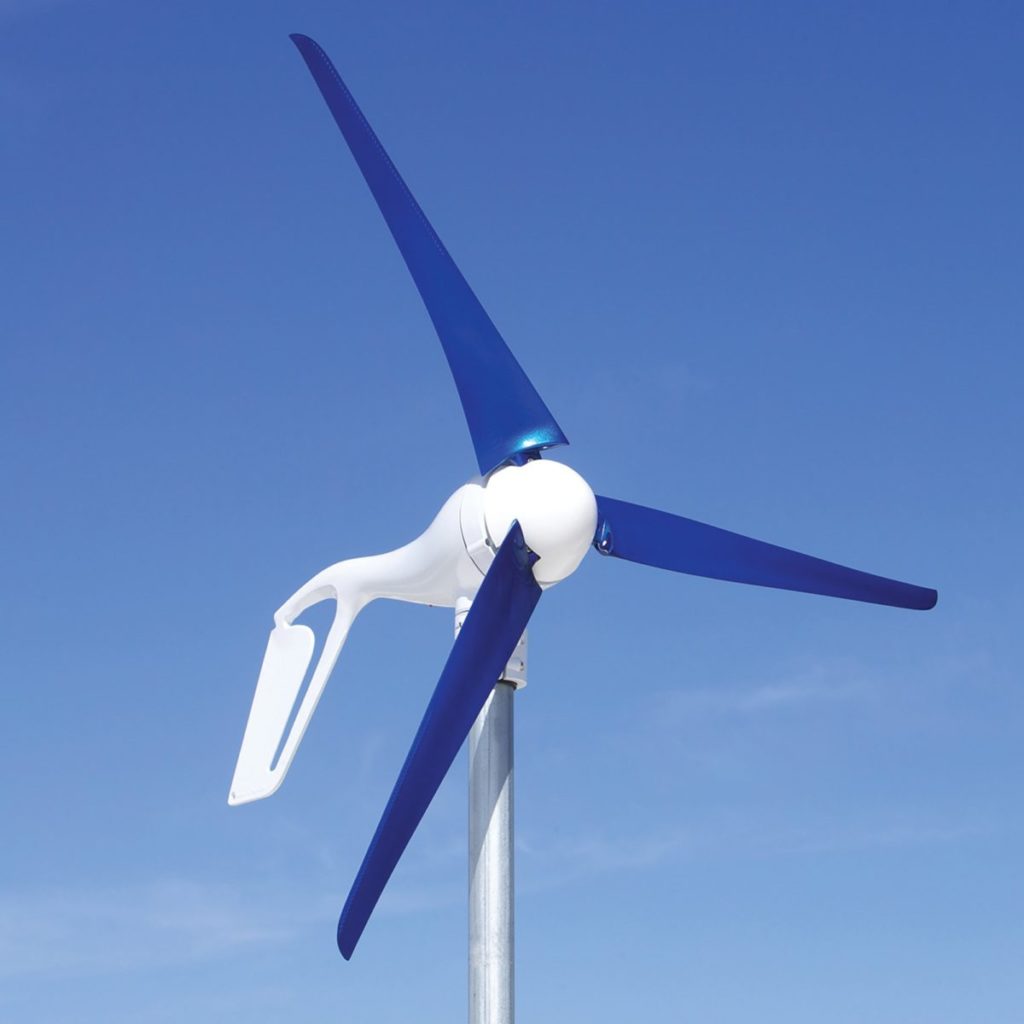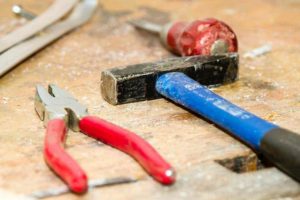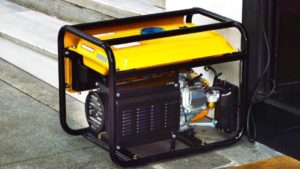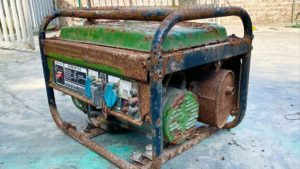Harnessing nature’s reserves has long been recognized as a sustainable and renewable source of energy.
One such natural reserve that offers enormous potential for clean power generation is the wind.
With increasing global demands for efficient energy solutions, it’s no surprise that investors are shifting their attention to wind-powered energy storage technology – a promising advancement toward sustainability and our future energy landscape .
By capturing even slightest breeze or gust of air , modern wind turbines can translate natural force into precious electricity capable of recharging power grids throughout long periods with minimal maintenance required
Understand the Potential
Assess the wind resource of your location to determine the potential for wind energy storage. This involves evaluating wind speeds, direction, and patterns.
This evaluation involves analyzing wind speeds, direction, and patterns to determine the feasibility of harnessing wind energy for storage purposes.
First, you should assess the average wind speed at your location, which can be done using anemometers or wind sensors.
A consistent wind speed of at least 7-8 miles per hour is ideal for wind energy storage.
You should also consider the wind direction, which should be consistent with the orientation of the turbines or wind vanes to ensure optimal energy capture.
Next, you should analyze the wind patterns to determine the potential for wind energy storage.
You can use wind roses or wind probability distributions to determine the variability of wind speeds and directions over the course of a year.
This will help you determine the potential energy production and the suitability of the location for wind energy storage.
In addition to evaluating wind speeds and directions, you should also consider the topography of the location and the surrounding terrain.
This can affect the wind patterns and energy production, and should be factored into your assessment.
Overall, a comprehensive assessment of the wind resource of your location is essential to determining the potential for wind energy storage.
By evaluating wind speeds, directions, patterns, and topography, you can determine the feasibility of harnessing wind energy for storage purposes and identify any necessary adjustments to optimize energy production.
Choose the Right Technology
Select the appropriate wind energy storage technology based on your location’s wind conditions, energy requirements, and budget. For example, a wind turbine might be suitable for some locations, while a flywheel might be better suited for others.
When selecting the appropriate wind energy storage technology, it is important to consider your location’s wind conditions, energy requirements, and budget.
Different wind energy storage technologies are better suited for different conditions and requirements.
For instance, a wind turbine is ideal for locations with consistent, moderate wind speeds.
It is a popular choice for off-grid energy systems and can provide a significant amount of energy.
However, if your location has extreme wind conditions, such as very high or very low wind speeds, a flywheel may be a better option.
Flywheels are designed to store energy in the form of kinetic energy and can operate in a wider range of wind conditions.
If you have a small-scale energy requirement, a smaller flywheel or a battery system may be more cost-effective and efficient.
Another critical factor to consider is your budget.
Wind turbines and flywheels can be expensive, and it is essential to choose a technology that fits within your budget.
When evaluating different wind energy storage technologies, consider the upfront costs, maintenance costs, and lifespan of each technology.
Ultimately, choosing the appropriate wind energy storage technology requires careful consideration of your location’s wind conditions, energy requirements, and budget.
With the right technology, you can harness the power of wind energy to provide reliable and sustainable power for your home or business.
Integrate with Existing Systems
Design the wind energy storage system to integrate with your existing power infrastructure, such as the electrical grid or a diesel generator. This ensures seamless transition between wind power and traditional energy sources.
When designing a wind energy storage system, it is important to integrate it with your existing power infrastructure to ensure a seamless transition between wind power and traditional energy sources.
By integrating the wind energy storage system with the electrical grid or a diesel generator, you can optimize the use of wind energy and minimize any disruptions to your power supply.
This can be achieved through a range of technologies and strategies, such as using advanced inverters to match the voltage and frequency of the wind energy with the grid, or using energy storage systems like batteries to store excess wind energy for later use.
Integrating the wind energy storage system with a diesel generator can provide a reliable source of backup power during periods of low wind or maintenance.
By designing the wind energy storage system to integrate with your existing power infrastructure, you can maximize the benefits of wind energy and ensure a stable and reliable power supply.
Optimize Energy Yield
Implement a wind energy management system to optimize the energy yield of your wind turbines or flywheels. This can involve adjusting pitch, yaw, or speed to maximize energy production.
To optimize the energy yield of your wind turbines or flywheels, it is essential to implement a wind energy management system (WEMS) that monitors and adjusts pitch, yaw, and speed in real-time.
A WEMS is a sophisticated software solution that uses data from sensors and weather forecasts to maximize energy production while minimizing downtime and maintenance costs.
The first step in implementing a WEMS is to install sensors on your wind turbines or flywheels to collect data on wind speed, direction, and turbulence.
This data is then fed into the WEMS, which uses advanced algorithms to determine the optimal pitch, yaw, and speed settings for maximum energy production.
The WEMS can also adjust these settings in real-time based on changes in wind conditions, ensuring that your wind turbines or flywheels are operating at their most efficient levels.
In addition to optimizing energy production, a WEMS can also help to reduce maintenance costs by monitoring the condition of your wind turbines or flywheels and identifying potential issues before they become major problems.
This can include monitoring the temperature, vibration, and noise levels of your equipment, as well as tracking the condition of key components such as the blades, gearbox, and generator.
Overall, a WEMS is a critical tool for optimizing the energy yield of your wind turbines or flywheels, and can help to ensure that your renewable energy project is running at its most efficient and profitable levels.
Use Energy Storage for Resilience
Implement energy storage to provide backup power during grid outages or blackouts, ensuring uninterrupted power supply for critical applications such as hospitals, communication towers, or water treatment plants.
Energy storage systems, such as lithium-ion batteries or flywheels, can provide a reliable and cost-effective solution for providing backup power during grid outages or blackouts.
By installing energy storage systems in combination with renewable energy sources, such as solar or wind power, organizations can ensure an uninterrupted power supply for critical applications, such as hospitals, communication towers, or water treatment plants.
In the event of a grid outage or blackout, the energy storage system can provide enough power to maintain operations and keep the critical applications running, ensuring public safety and minimal disruption.
Energy storage systems can help reduce the overall energy consumption and costs by optimizing energy usage and providing peak demand management.
With the growing frequency and duration of grid outages, implementing energy storage systems is an essential step towards ensuring a reliable and resilient power supply for critical applications.
Complementary Technologies
Consider using complementary technologies such as solar panels or hydroelectric systems to increase the overall renewable energy output and reduce dependence on non-renewable energy sources.
Incorporating complementary technologies like solar panels or hydroelectric systems into your renewable energy strategy can significantly boost the proportion of renewable energy generated and lessen reliance on non-renewable energy sources.
By leveraging these technologies, you can capitalize on the complementary benefits they offer.
For instance, solar panels can generate power during peak energy demand times, while hydroelectric systems can provide a consistent and reliable source of renewable energy.
In addition, these technologies can help to stabilize energy prices, as they are less susceptible to the volatility of non-renewable energy sources.
Therefore, it is wise to consider integrating complementary technologies into your renewable energy plan to maximize the benefits of renewable energy and minimize the reliance on non-renewable sources.
Maintenance and Upkeep
Regular maintenance and upkeep of wind energy storage systems are essential to ensure optimal performance and extend their lifespan. This includes lubricating moving parts, cleaning the system, and inspecting for damage or wear.
Regular maintenance and upkeep of wind energy storage systems are important to ensure optimal performance and extend their lifespan.
To achieve this, it is essential to lubricate moving parts, clean the system, and inspect for damage or wear.
Proper lubrication of moving parts such as gears, bearings, and shafts helps to reduce friction and wear, resulting in smoother operation and reduced energy consumption.
Cleaning the system, including the blades and tower, helps to remove dirt and debris that can interfere with the performance of the wind turbine.
Regular inspections for damage or wear can help identify potential issues before they become major problems, enabling prompt repair or replacement of components as needed.
By prioritizing regular maintenance and upkeep, wind energy storage system owners and operators can ensure the long-term efficiency and reliability of their equipment, ultimately maximizing their investment and minimizing downtime.
Monitoring and Control
Implement a monitoring and control system to track the performance of your wind energy storage system and adjust settings remotely. This can help optimize energy production, reduce maintenance costs, and prolong the lifespan of the system.
A robust monitoring and control system is important for optimizing the performance of your wind energy storage system.
With real-time data and analytics, you can track the system’s energy production, power usage, and component performance, and make adjustments remotely to optimize energy production and reduce maintenance costs.
By monitoring wind speed, temperature, and other environmental factors, you can adjust the pitch and yaw of the turbines to maximize energy output and reduce wear and tear on the components.
The monitoring system can detect any anomalies or issues in the system and alert you to take corrective action before they become major problems.
By implementing a monitoring and control system, you can prolong the lifespan of your wind energy storage system and ensure it operates at peak efficiency.
Want More? Dive Deeper Here!
Hey there! If you’re the type who loves going down the rabbit hole of information (like we do), you’re in the right spot. We’ve pulled together some cool reads and resources that dive a bit deeper into the stuff we chat about on our site. Whether you’re just killing time or super into the topic, these picks might just be what you’re looking for. Happy reading!






